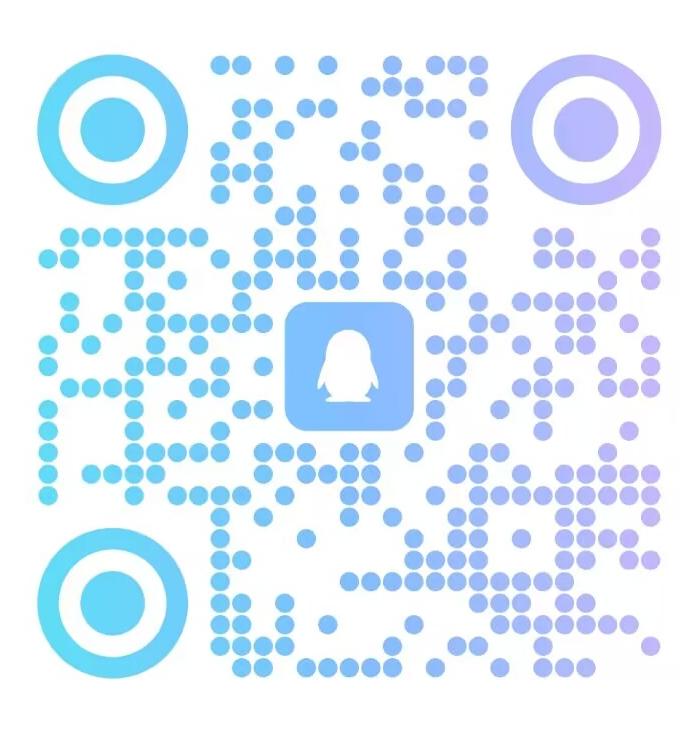QQ扫一扫联系

Passage Two
Questions 51 to 55 are based on the folio,血g passage.
If there's one rule that most parents cling to in the confusing, fast-changing world of kids and media,
it's "No screens before age 2."
As of today, that rule has been thrown out the window.
The American Academy of Pediatrics (AAP) , which first issued that recommendation back in 1999,
has extensively updated and revised its guidelines for children and adolescents to reflect new research and
new habits.
The new guidelines, especially for very young children, shift the focus from W躯T is on the screen
to WHO else is in the room. And in doing so, they raise some intriguing points about the future of learning
from media.
For babies younger than 18 months, AAP still says no screens at all are the best idea—with one
notable exception: Live video chat. Surveys indicate that families already popularly believe that "Face
time doesn't count", or at least that the benefit of virtual visits with grandparents or other relatives
outweighs the potential cost of exposing babies to the laptop or smartphone.
The AAP doesn't cite positive evidence that infants actually get something out of this kind of
"conversation", the way that they clearly do from live social interaction. But there's some observational
research that infants as young as six months old are emotionally engaged by playing live peekaboo (躲猫猫
游戏) with Grandma online.
For infants and toddlers (学步儿童), ages 15 months to 2 years old, there's limited evidence from a
couple of very small studies that they can learn new words from educational media, if and only if parents
are watching alongside them, repeating what the video says and/or drawing attention to what is on the
screen. In other words, treating a video or an app like a picture book is the best bet.
The flip side of this is that many studies have actually shown poorer language skills correlated with
earlier solo viewing of "educational" videos. There's also research that shows language delays in children
who watch more TV and start watching earlier. In both cases, the problem seems to be media replacing
interaction with people. For this reason, the new心'\P guideline has changed from "avoid all screens
under age 2" to "avoid solo media use in this age group."
For preschoolers ages 2 to 5, there's more evidence that they have the ability to transfer knowledge
from screens to the real world, including early literacy and math. For this age group, 心'\P recommends
no more than an hour a day of screen use. And, just as with younger children, they want care-givers to
take part in screen time: "Co-view with your children, help children understand what they are seeing, and
help them apply what they learn to the world around them."
51. What do we learn about the "No screens under 2" rule?
A) It has met more and more resistance from parents.
B) It has proved helpful to children's healthy growth.
C) It confuses parents with regard to kids'education.
D) It has been discarded in line with recent research.
52. What do the new心'\P guidelines advocate?
A) Young children should be accompanied by parents during screen time.
B) Parents should be emotionally involved in their children's upbringing.
C) Young children should watch videos carefully selected by parents.
D) Parents should protect their children from too much media exposure.
53. What do families think of live video chat according to surveys?
A) It should not be regarded as screen time.
B) It helps babies to develop their verbal skills.
C) It is not as harmful as playing games on laptops.
D) It is a good substitute for video viewing.
54. What do researches find about kids solo viewing educational videos?
A) It arouses their interest in language learning.
B) It works no better than reading picture books.
C) It hampers their development of language skills.
D) It helps them acquire independent learning skills.
55. What does the author say about preschoolers ages 2 to 5?
A) They can understand pretty well what they see on the screen.
B) They can learn on their own without much parental guidance.
C) They can make use of educational videos to develop digital literacy.
D) They can relate what they learn on the screen to real life situations.